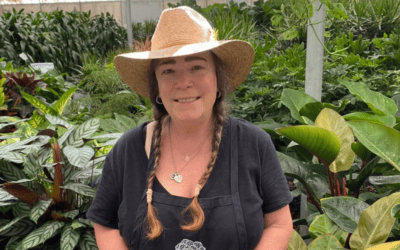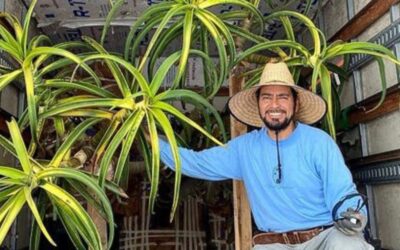
Agave, while able to grow in harsh soil and not needing a lot of water, like most succulents, are commonly called cacti. When planting agave be sure to wear protective gloves, and long sleeves. While they can be extremely ornamental and easy on the eye, most, are not easy to the touch. First, be sure to dig a hole roughly twice as wide as the pot the plant comes in and not much deeper. Agave, and other succulents, tend to have shallow root systems and don’t need overly deep holes. After carefully removing your agave from its pot, gently breakaway any loose dirt in the root system. Once the excess dirt has been knocked away gently pull and open up the remaining roots, like untangling a knot. Choose a good cactus soil, or make your own with sand, or pumice to lighten your mix, and pour it into the hole, so that the bottom of the plant will sit evenly with the ground around it. Fill in the soil around the sides of the existing root system and gently compact it to prop the plant into its desired position. Once its set, gently water the plant to further compact the soil and stimulate the roots. After the initial watering always allow your agave to dry out completely between waterings.


